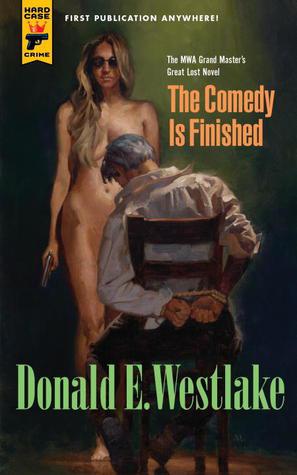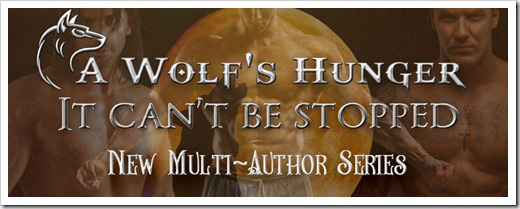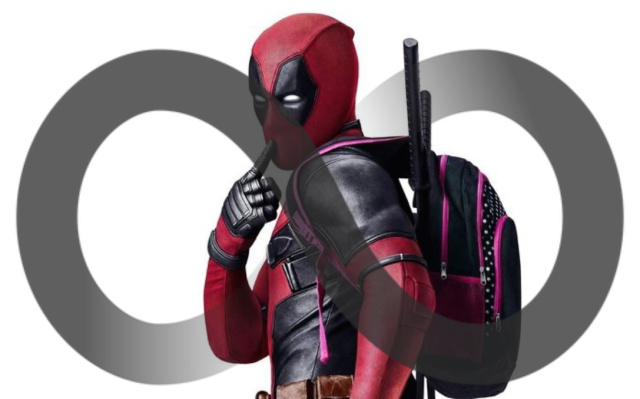
It always seemed to me that the most powerful fictional characters would not be determined by their strength, wealth, or intelligence—but rather, by their ability to realize they were fictional. For what good is everything else if you are not aware of your own fictionality, of the true nature of your very existence?
In this sense, a character like Deadpool’s exemplary physical durability is really just a metaphor for his enlightenment as to the fact that he is a fictional character. Fictional characters can be chopped up, burnt, exploded, decapitated, what have you—but they cannot truly die, as long as there is at least one person existing who can keep creating stories (official or otherwise) about them.
 Deadpool breaks the Fourth Wall
Deadpool breaks the Fourth Wall
Deadpool represents the first card of the Tarot deck—well, technically the first card, but not the card labelled “1.”
 via MaggaDraws
via MaggaDraws
No, the first card, The Fool, is a “0.” The Fool is off the grid. The grid being interpreted as Maya, as the delusional/fictional reality. Or: the grid as comic book grid, as a sequence of panels on the page. Thus, Deadpool plays the part of Fool, but he just might be, due to his self-awareness, the most powerful character in the Marvel Universe.
Similarly, the entity known as Superboy/Superman Prime, from the 2005 comic book miniseries Infinite Crisis, was by far one of the most powerful beings in the DC Universe (though Animal Man, by virtue of his close collaboration with Grant Morrison, comes in a close second, I think). Because not only was Superboy Prime was aware that he was a comic book character…he actually read and collected the comic books he appeared in.
 Superboy Prime: the ultimate fanboy
Superboy Prime: the ultimate fanboy
Of course, this Super Prime Entity was completely insane, which shows the inherent danger in this entire game. He took things too seriously. He devolved into madness. Whereas Deadpool protected himself by insanity & foolishness being his initial starting point, the Super Prime Entity needed to know it all, hence his obsessive trolling of message boards (seriously, that actually happened in the comic book) and what have you…
 Superboy Prime is pissed with his own comic book
Superboy Prime is pissed with his own comic book
Wade Wilson, like any of the Fool/Trickster archetype—Heyoka, Coyote, Loki, Eshu, Bugs Bunny—seemingly knows nothing, and only is interested in jokes and tricks. Deadpool is an idiot—and yet he has achieved contact with the world outside the boundaries of the grid.
 Deadpool speaks through the Grid
Deadpool speaks through the Grid
Deadpool has achieved enlightenment but wears the cloak of insanity/foolishness in order to process it. Whereas the Super Prime Entity is a know-it-all douchebag with no sense of humor.
As an interesting side-note, the traditional colors of the Yoruban Fool/Trickster god Eshu are red and black, as is of course Deadpool’s costume:
 Deadpool and Eshu
Deadpool and Eshu
Now, you might have experienced a certain “tingle” at those moments in fiction when the character turns around and acknowledges you. There is the famous scene in Animal Man, of course, where Buddy Baker turns to the world outside the panel and freaks out, locking eyes with yours.
 Animal Man makes an important breakthrough
Animal Man makes an important breakthrough
Or how about when Ferris Bueller (another Fool/Trickster archetype) addresses you throughout the course of his movie? In these instances, something truly special is taking place‚ you and the fictional character are “having a moment.” There is a real interface that takes place, if only for those few seconds of contact. Yes, just like in the A-Ha video.
 Ferris sees you right now; right this second
Ferris sees you right now; right this second
It is not coincidence that the two comic book writers who have most explicitly discussed these matters in their work, Alan Moore and Grant Morrison, have both practiced magick. They are shamans using the tool of the comic book quite literally and purposefully as part of a mystic working stretching/expanding our conceptions of fiction & reality. They are not merely gently touching the invisible barrier between reader and read—hey are like the Super Prime Entity smashing that last wall, “punching time.”
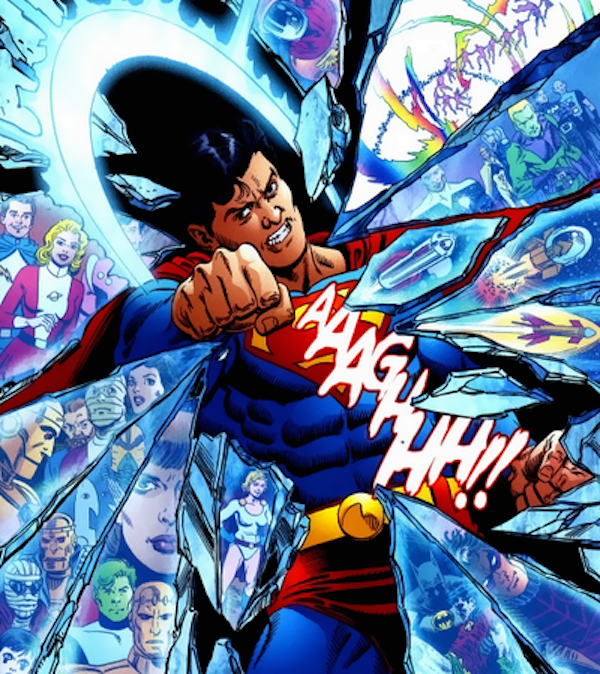 Superboy Prime literally breaking the Fourth Wall
Superboy Prime literally breaking the Fourth Wall
It is said that to our subconscious, fantasy & reality look pretty much the same. That a dream vividly experienced registers in the subconscious the same as a “real” event. How does our brains, then, process the fictional?
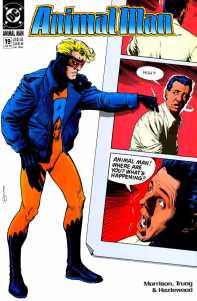 In the grand matrix of our minds, where are the adventures of Deadpool, the Super Primes, etc. stored, and how are they regarded? They are filed away with our memories of real life events. Memories and media, anecdotes and images, recollections and typed words transferred into thought—it’s all in the same file cabinet.
In the grand matrix of our minds, where are the adventures of Deadpool, the Super Primes, etc. stored, and how are they regarded? They are filed away with our memories of real life events. Memories and media, anecdotes and images, recollections and typed words transferred into thought—it’s all in the same file cabinet.
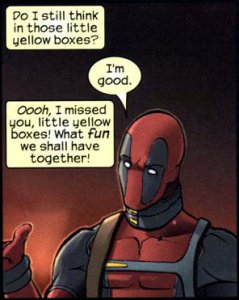 All we have is This Moment. And if “this moment” happens to be you curling up with your favorite movie or comic book—in that pinpoint of a moment, it is all real. In that pinpoint of a moment, Ferris Bueller is really locking eyes with you and addressing you, playing the part of Heyokah, playing the part of the Fool, playing the part of Bugs Bunny, trying to make you understand not just the nature of his world but your own. And trying to do it with a degree of good humor, frosting it with silliness and humor, so as for your tender minds not to be completely blown.
All we have is This Moment. And if “this moment” happens to be you curling up with your favorite movie or comic book—in that pinpoint of a moment, it is all real. In that pinpoint of a moment, Ferris Bueller is really locking eyes with you and addressing you, playing the part of Heyokah, playing the part of the Fool, playing the part of Bugs Bunny, trying to make you understand not just the nature of his world but your own. And trying to do it with a degree of good humor, frosting it with silliness and humor, so as for your tender minds not to be completely blown.
More to read about on Butterfly Language:
How Comic Books Became Religion
My Life As A Hypersigil
The Year Of The Mask: The Ouroboros Of Fantasy And Reality



